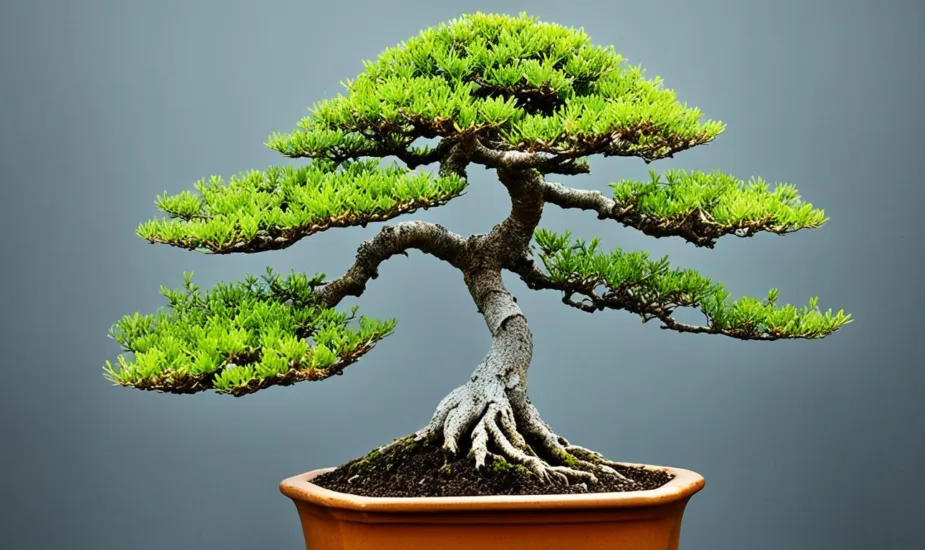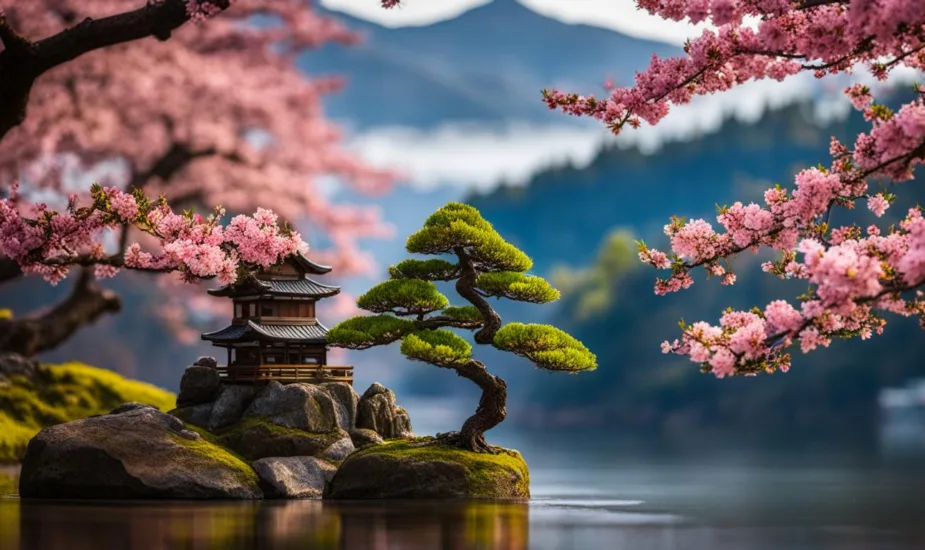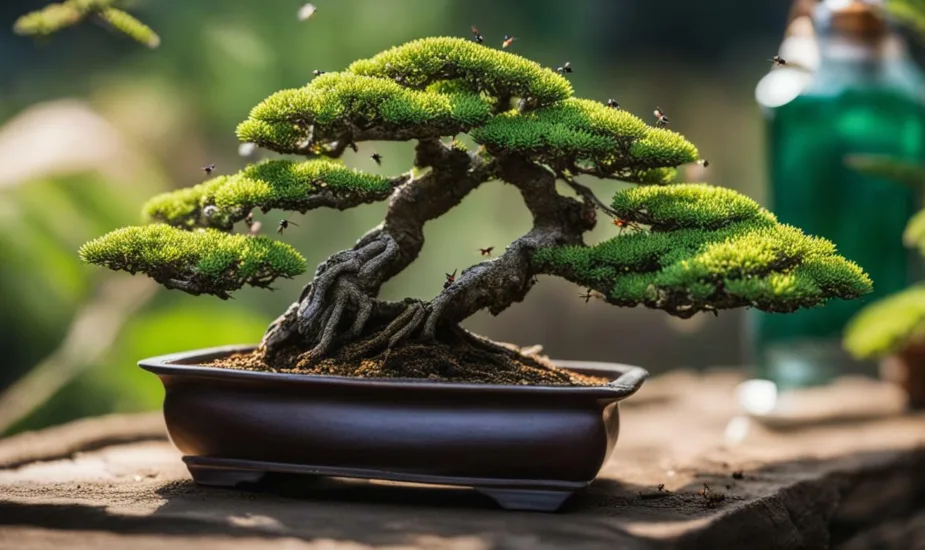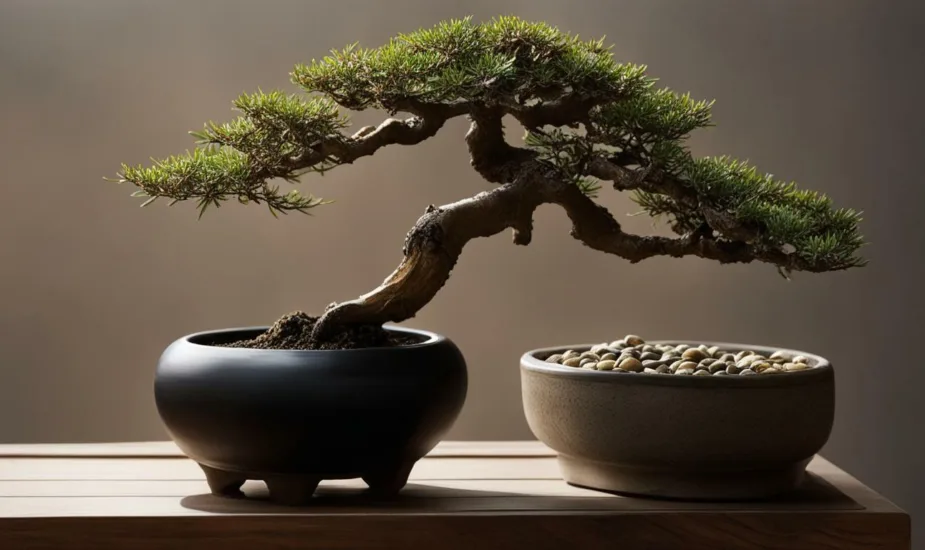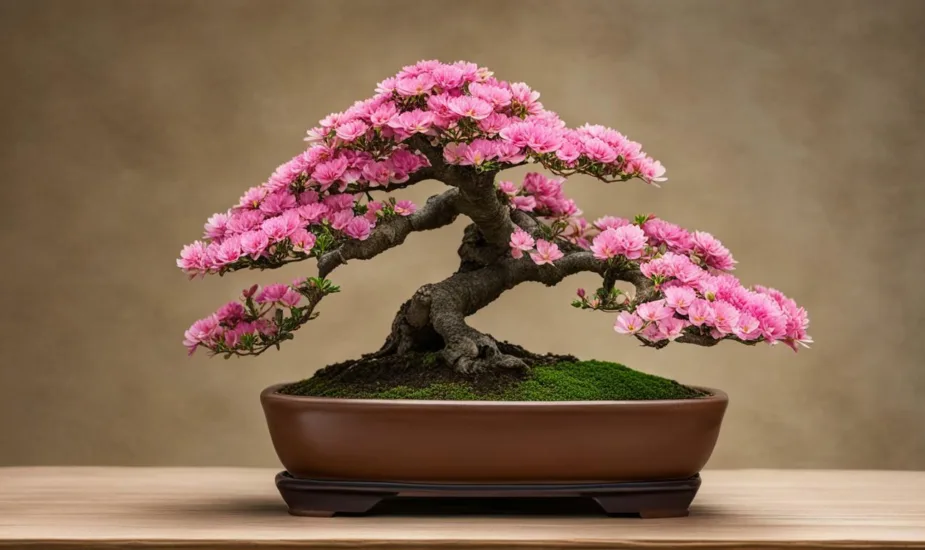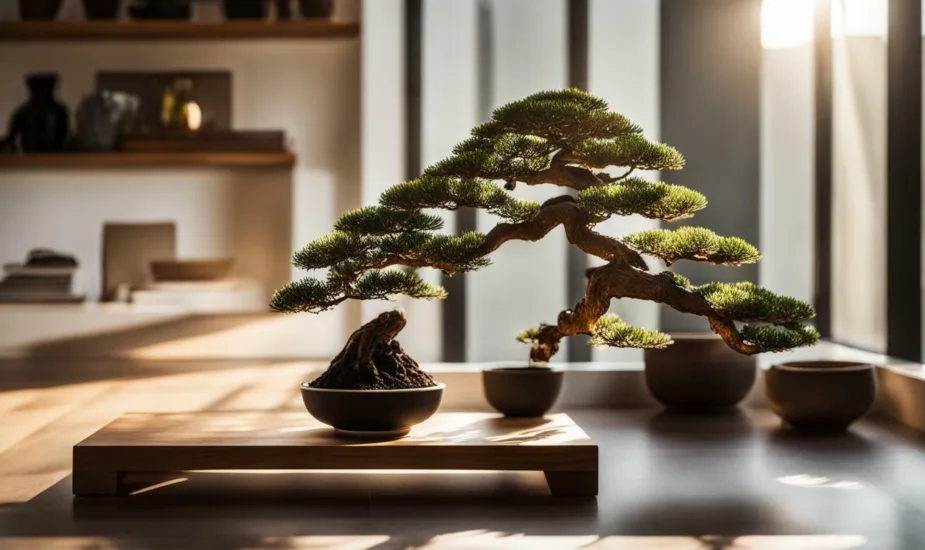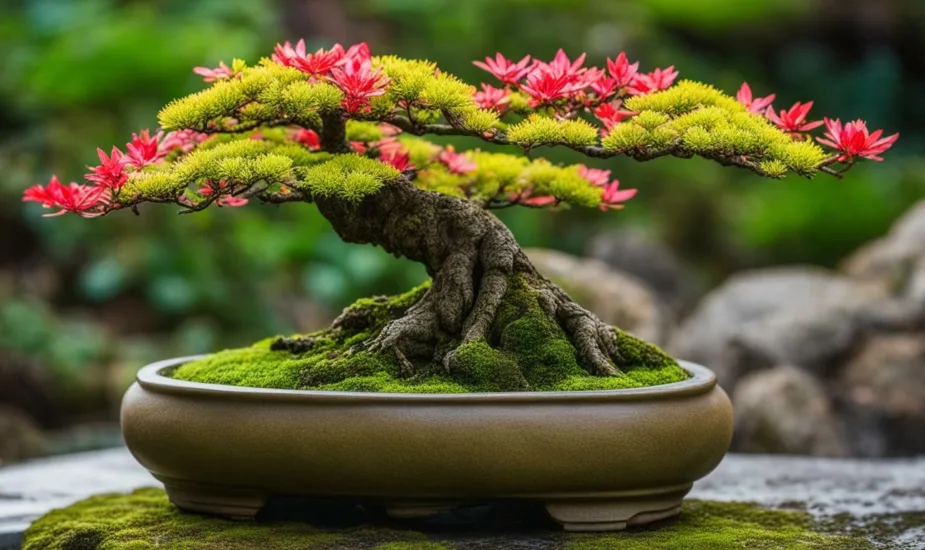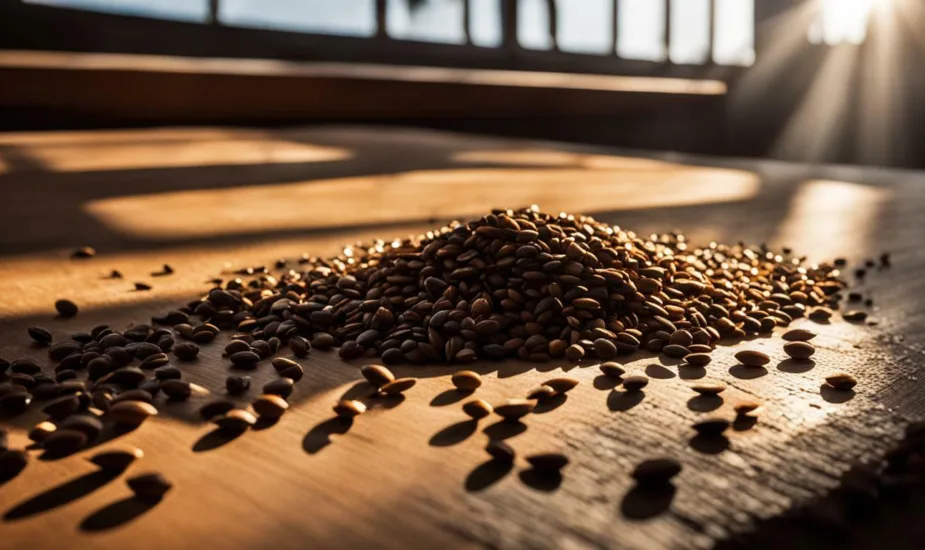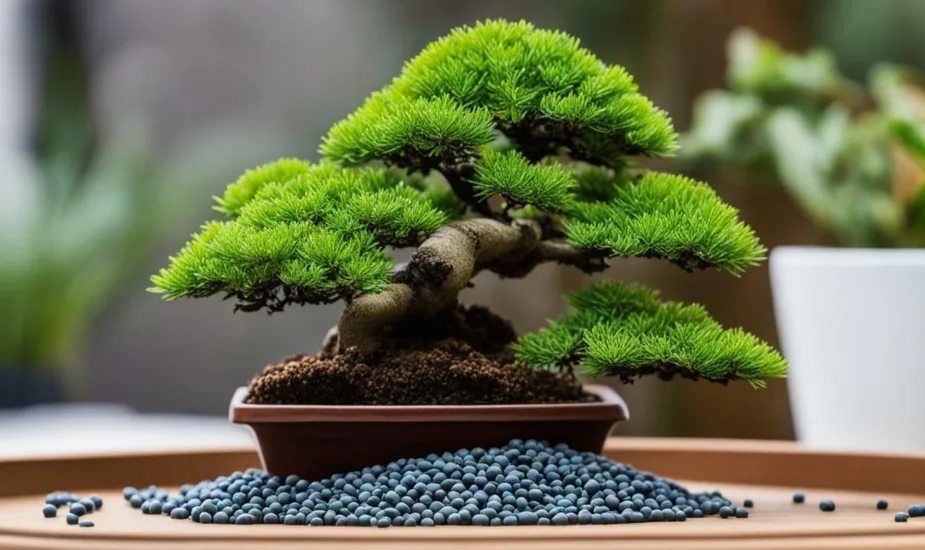Can I Make a Bonsai from Any Tree? Exploring the Possibilities.
Bonsai, an ancient art form that involves training and shaping trees into miniature versions of their full-sized counterparts, offers a unique way to appreciate nature's beauty on a smaller scale. But can you create a bonsai from any tree? Let's explore the possibilities and find out.
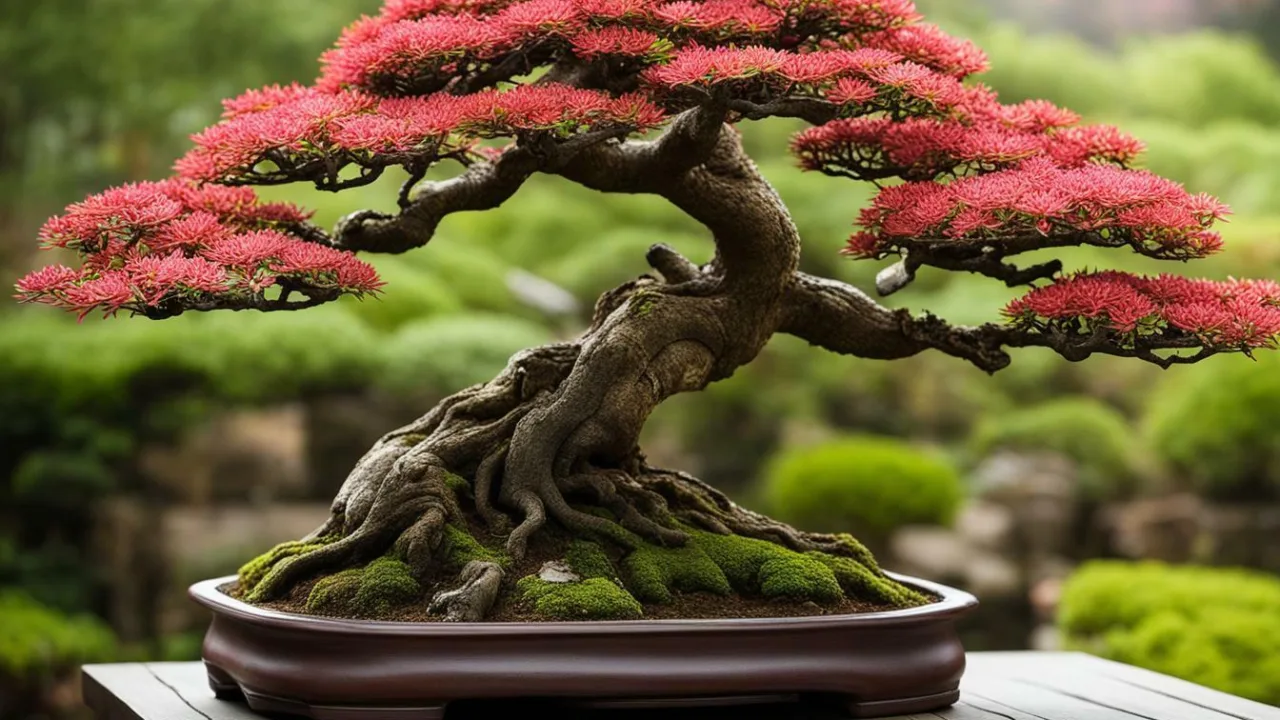
Not all trees are suitable for bonsai cultivation, but with the right techniques, many trees can be transformed into stunning bonsai specimens. However, certain tree species are more well-suited for bonsai due to their small leaves, good branching form, and attractive bark. Species like the Japanese maple, juniper, and ficus are often preferred for bonsai due to their aesthetic qualities.
To create a bonsai from any tree, it is crucial to choose the right tree and understand pruning techniques and root management. Proper care, including watering, feeding, and disease and pest control, is essential for the health and longevity of your bonsai.
Key Takeaways:
- Not all trees are suitable for bonsai cultivation.
- Tree species with small leaves, good branching form, and attractive bark are more well-suited for bonsai.
- Japanese maple, juniper, and ficus are popular tree species for bonsai.
- Choosing the right tree and understanding pruning techniques and root management are crucial for bonsai creation.
- Proper care, including watering, feeding, and disease and pest control, is essential for bonsai health.
Selecting the Right Tree for Bonsai: Factors to Consider
When selecting a tree for bonsai, careful consideration must be given to various factors that contribute to its suitability for this art form. Bonsai is more than just a petite plant in a tiny pot; it is a living work of art that requires the right tree species to thrive and showcase its beauty.
One important factor to consider is the tree’s leaf size. Bonsai trees with smaller leaves tend to create a more realistic and proportional appearance. Larger-leaved trees may be more challenging to train and shape into the desired bonsai style. The Japanese maple, with its delicate and intricately shaped leaves, is a popular choice for bonsai enthusiasts.
Bonsai tree pruning is also an essential aspect to keep in mind. Trees with good branching form and potential for ramification—the development of fine branches—make ideal candidates for bonsai. Pruning techniques, such as trimming back the branches and roots, help maintain the tree’s miniature size while enhancing its aesthetic appeal.
Another important consideration is the bark appearance. Some tree species, like the juniper, feature naturally beautiful and textured bark. The texture and color of the bark contribute to the overall artistic effect of the bonsai tree. Ficus, another popular choice, has smooth and interestingly patterned bark that adds visual interest to the miniature tree.
Understanding the key factors involved in selecting the right tree for bonsai will greatly impact the success and enjoyment of your bonsai cultivation. With careful consideration of leaf size, branching form, and bark appearance, you can choose the perfect tree species to transform into a living work of art. Remember to research the specific care requirements for each tree species, as they can vary significantly, particularly when it comes to watering, potting, soil mixture, and overall maintenance.
| Bonsai Tree Species | Leaf Size | Branching Form | Bark Appearance |
|---|---|---|---|
| Japanese Maple | Small and delicate | Good branching form | Smooth or textured, depending on cultivar |
| Juniper | Varies by species | Naturally graceful and ramified | Naturally textured and visually appealing |
| Ficus | Small and narrow | Pruned to create dense branching | Smooth and patterned |
Recommended Tree Species for Bonsai: Unveiling the Possibilities
While any tree species can be used for bonsai, certain varieties have proven to be more successful due to their specific traits and adaptability to bonsai techniques. Among these, the Japanese maple, juniper, and ficus are particularly well-suited for bonsai cultivation.
The Japanese maple (Acer palmatum) is highly sought after for bonsai due to its delicate foliage and beautiful autumn colors. Its small leaves and graceful branching form make it an ideal candidate for creating a miniature tree that captures the essence of its full-sized counterpart. Whether styled in the formal upright or cascade style, the Japanese maple adds elegance and tranquility to any bonsai collection.
The juniper (Juniperus) is another popular choice for bonsai enthusiasts. With its rugged, gnarled bark and versatile growth patterns, the juniper can be shaped into various bonsai styles ranging from formal upright to windswept. Its needle-like foliage can be pruned and thinned to create intricate branch structures, adding depth and character to the bonsai.
For those seeking a tropical touch, the ficus (Ficus retusa) is an excellent option. Its glossy, dark green leaves and aerial roots give it a unique appearance that beautifully replicates the natural habitat of tropical trees. Ficus bonsai can be styled in various ways, including the informal upright or slant style, allowing for endless creativity and versatility.
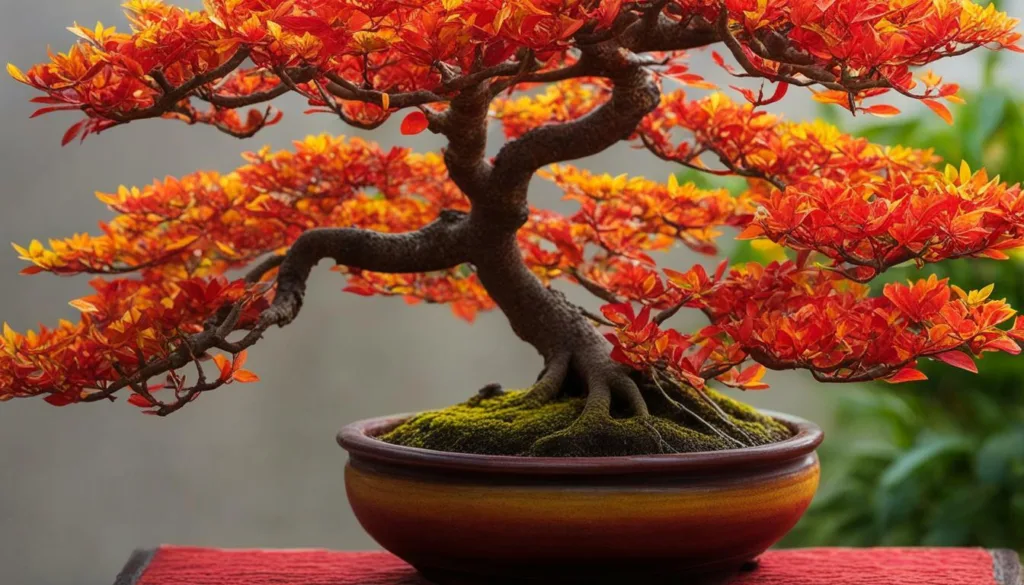
In order to successfully cultivate these tree species into bonsai, understanding and applying proper techniques is essential. Pruning, wiring, and root management are crucial skills to master. These techniques allow the bonsai artist to shape and train the tree to achieve the desired aesthetics and balance. A combination of patience, knowledge, and artistic vision is needed to transform these trees into living art pieces.
Aspiring bonsai enthusiasts should also be aware of the specific care requirements for each tree species. This includes providing the right amount of sunlight, water, and fertilizer, as well as proper disease and pest control. A healthy and well-maintained bonsai is not only visually appealing but also more likely to thrive and bring years of enjoyment to its caretaker.
Whether you are a beginner or an experienced bonsai grower, exploring the possibilities of these recommended tree species can open up a world of creativity and fulfillment. With dedication and passion, you can create unique bonsai specimens that reflect your personal style and artistic expression.
Tips for Bonsai Cultivation and Potential Profitability
Cultivating a bonsai tree requires proper care and attention, and this section will provide you with valuable tips to help you achieve success in your bonsai journey. When it comes to bonsai care, there are a few key aspects to consider: watering, feeding, and disease and pest control.
Watering: Proper watering is essential for the health of your bonsai tree. It’s important to strike a balance between underwatering and overwatering. The frequency of watering will depend on factors such as the species of the tree, the pot size, and the climate. Generally, you should water your bonsai when the soil feels slightly dry to the touch. Avoid letting the soil completely dry out, as this can lead to dehydration, wilting, and eventually, the death of your tree. On the other hand, overwatering can cause root rot and other fungal diseases. It’s a good practice to use a watering can or a gentle spray nozzle to ensure even distribution of water throughout the soil.
Feeding: Bonsai trees require regular feeding to ensure adequate nutrition. Fertilizers specifically formulated for bonsai are available and should be used according to the instructions provided. Typically, feeding should be done during the growing season, which is generally spring and summer. Be careful not to overfeed your bonsai, as this can lead to nutrient burn or excessive growth that is difficult to manage. Remember to adjust the fertilizer regimen based on the specific needs of your tree species.
Disease and Pest Control: Bonsai trees, like any other plants, can be vulnerable to diseases and pests. Regular inspection of your bonsai is crucial to detect any signs of trouble early on. Common pests that can affect bonsai include aphids, spider mites, and scale insects. Treatments for these pests may involve manual removal, spraying insecticidal soap, or using other organic or chemical controls. Additionally, proper hygiene, such as removing dead leaves and debris, can help prevent the occurrence of diseases. If you notice any unusual symptoms or suspect a disease infestation, it’s best to seek advice from experienced bonsai growers or horticulturists.
By following these basic tips for bonsai care, you’ll be well on your way to cultivating healthy and beautiful bonsai trees. Remember to always research and learn about the specific requirements of your chosen tree species, as different trees may have unique care needs. With patience, practice, and attention to detail, you can create stunning bonsai specimens that will bring joy and tranquility to your surroundings.
| Bonsai Care Tips | |
|---|---|
| Watering | • Find the right balance between underwatering and overwatering • Water when the soil feels slightly dry to the touch • Use a watering can or spray nozzle for even distribution |
| Feeding | • Use fertilizers specifically formulated for bonsai • Follow instructions for proper application • Adjust feeding based on the needs of your tree species |
| Disease and Pest Control | • Regularly inspect your bonsai for signs of pests and diseases • Treat pests with organic or chemical controls • Practice good hygiene by removing dead leaves and debris |
Remember to always research and learn about the specific requirements of your chosen tree species, as different trees may have unique care needs.
| Potential Profitability | |
|---|---|
| Beginners | • Can make around $200-$500 per month |
| Experienced growers | • Can make over $1,000 per month |
While the profitability of growing and selling bonsai can vary, it presents an opportunity for both beginners and experienced growers to generate income. Beginners can start by selling their bonsai online or through local craft fairs or markets. As their skills and collection grow, they can expand their customer base and potentially earn higher profits. Experienced growers have the advantage of producing more valuable bonsai specimens and may attract serious collectors or bonsai enthusiasts who are willing to pay a premium price for unique and well-maintained trees.
In summary, cultivating bonsai trees can be a rewarding and potentially lucrative endeavor. With proper care and attention to watering, feeding, and disease and pest control, you can create healthy and aesthetically pleasing bonsai specimens. Remember to research the specific needs of your chosen tree species and to continuously learn and improve your bonsai techniques. Whether you’re a beginner or an experienced grower, the art of bonsai offers a fulfilling journey of creativity and connection with nature.
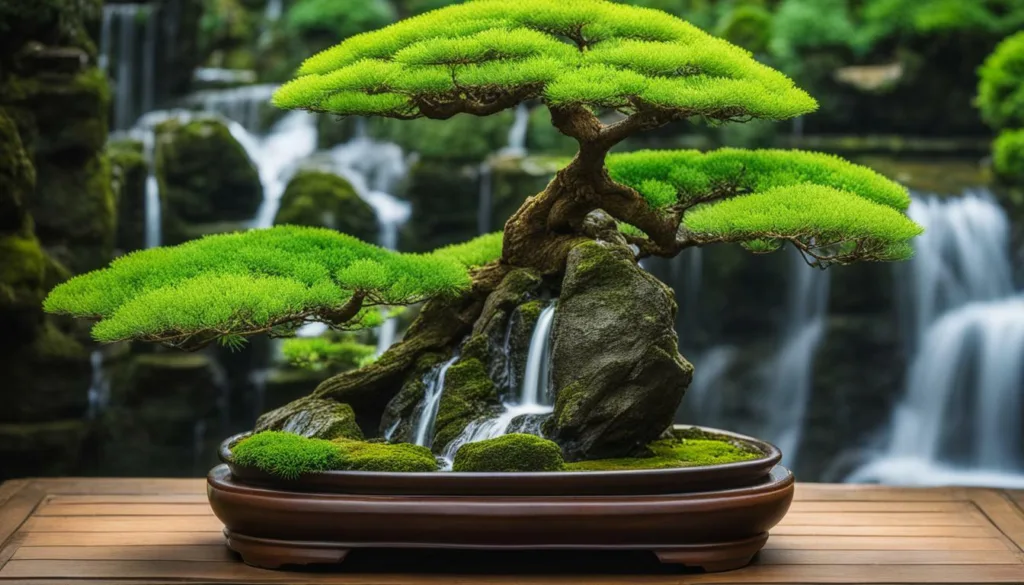
Bonsai offers a remarkable way to cultivate nature’s beauty in miniature form, and with the right knowledge and techniques, you can transform many tree species into stunning bonsai specimens. When it comes to creating a bonsai tree, not all trees are suitable. However, through careful tree selection and understanding the art of pruning and root management, you can shape and train trees to embody the essence of the bonsai aesthetic.
Bonsai is an ancient art form that involves the meticulous cultivation and shaping of trees into miniature versions of their full-sized counterparts. With proper care and attention, these miniature trees can capture the essence of nature’s grandeur in a compact and captivating form. There are various bonsai styles to explore, each with its own unique charm, from the formal upright to the cascading branches of the cascade style.
While any tree species can be used for bonsai, certain trees are more well-suited to this art form. Species like the Japanese maple, juniper, and ficus possess characteristics that make them ideal candidates for bonsai cultivation. These trees often have small leaves, attractive branching forms, and beautiful bark, lending themselves to the intricate shaping and pruning techniques used in bonsai.
Cultivating bonsai requires careful oversight, including proper watering, feeding, and disease and pest control. It’s important to research the specific needs of your chosen tree species and provide the necessary care to ensure its health and vitality. Investing time and effort into learning basic techniques like potting, watering, fertilizing, and pruning will help you create and maintain beautiful bonsai specimens that are a testament to your dedication and passion.
While the profitability of growing and selling bonsai can vary, it can be a rewarding endeavor for both beginners and experienced growers. Beginners can expect to make around $200-$500 per month, while experienced growers can make over $1,000 per month. Whether you choose to sell your bonsai online or through local craft fairs and markets, there is a market for these living works of art.
As you embark on your bonsai journey, remember to research the best soil, pots, and supplies for your specific tree species. By combining the right tools with your newfound knowledge and techniques, you’ll be well-equipped to cultivate and display the artistry of bonsai for all to admire.
FAQ
Can I make a bonsai from any tree?
While any tree species can be used for bonsai, certain species with small leaves, good branching form, and attractive bark are more well-suited. Some recommended tree species for bonsai are Japanese maple, juniper, and ficus.
What factors should I consider when selecting a tree for bonsai?
When choosing a tree for bonsai, it is important to consider leaf size, branching form, bark appearance, and other characteristics that make certain tree species more suitable for bonsai cultivation. Additionally, take into account care and maintenance aspects such as pruning, potting, and soil mixture preferences.
Which tree species are recommended for bonsai cultivation?
Some tree species that are particularly well-suited for bonsai cultivation include Japanese maple, juniper, and ficus. These species possess characteristics such as small leaves, attractive branching form, and beautiful bark that make them ideal for bonsai.
What are some tips for bonsai cultivation and potential profitability?
To successfully cultivate bonsai, it is important to carefully manage watering, feeding, and disease and pest control. Beginners can expect to make around $200-$500 per month, while experienced growers can make over $1,000 per month. Researching appropriate supplies, such as soil, pots, and tools, is also crucial for successful bonsai cultivation.
What is the overall artistry and potential of bonsai?
Bonsai is an ancient art form that offers both personal satisfaction and the potential for profitability. It allows individuals to transform trees into miniature versions of their full-sized counterparts. By carefully selecting the right tree, understanding bonsai techniques, and providing proper care, one can create stunning bonsai specimens.
 Little Garden Tips
Little Garden Tips




